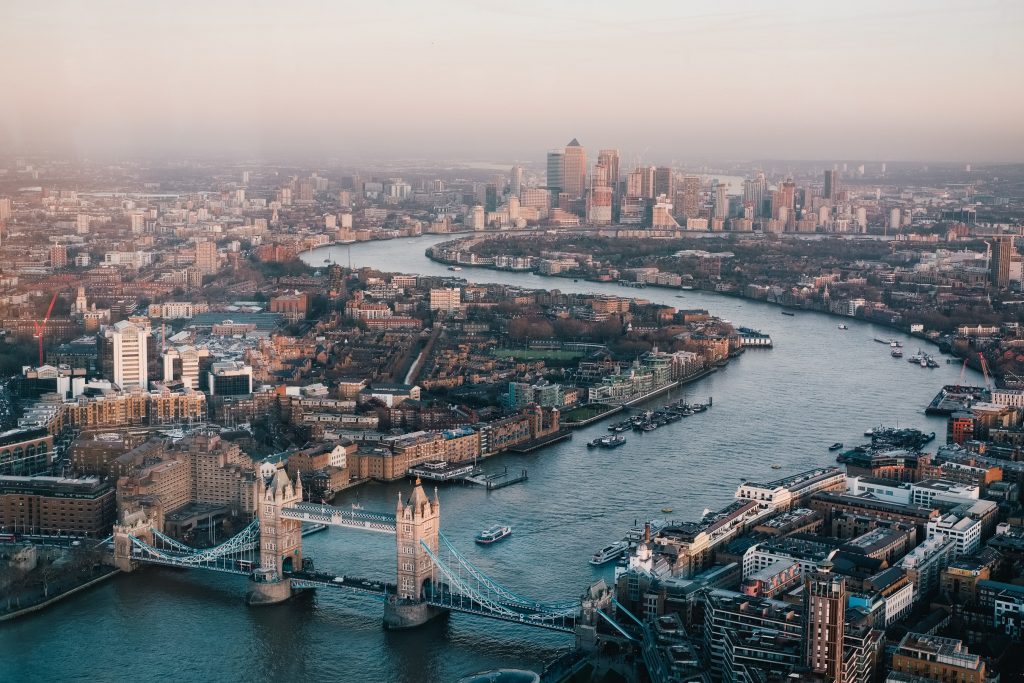
The Thames River is one of the most iconic rivers in the world. It is a major waterway in Southern England that flows through London and into the North Sea. The river has been an integral part of the history and culture of England, and it continues to be an important source of water and transportation.
The Origin of the Thames River

The Thames River has its origins in the Cotswold Hills in Gloucestershire. The river begins as a small stream and gradually grows larger as it flows towards London. The Thames is fed by many tributaries along the way, including the River Kennet, the River Wey, and the River Lea.
The Length of the Thames River

The Thames River is approximately 215 miles long, making it the second longest river in the United Kingdom. The river flows through several major cities, including Oxford, Reading, Windsor, and London.
The Depth of the Thames River
The depth of the Thames River varies depending on the location and time of year. In some areas, the river is very shallow and only a few feet deep. In other areas, the river can be as deep as 25 feet. The average depth of the Thames River is around 15 feet.
The Tides of the Thames River

The Thames River is affected by tides from the North Sea, which can cause the water level to rise and fall by as much as 23 feet. The tides can make the river flow in either direction, which can be a challenge for ships and boats navigating the waterway.
The Bridges of the Thames River

The Thames River is famous for its many bridges, which span the waterway and connect the different areas of London. Some of the most iconic bridges include Tower Bridge, London Bridge, and the Millennium Bridge.
The Wildlife of the Thames River

The Thames River is home to a wide variety of wildlife, including fish, birds, and mammals. Some of the most common species include salmon, trout, swans, and otters. The river also supports a thriving ecosystem of plants and algae.
The History of the Thames River
The Thames River has played an important role in the history of England for thousands of years. The river has been used for transportation, trade, and fishing since ancient times. It has also been the site of many important events, including the Great Fire of London and the Battle of Waterloo.
The Pollution of the Thames River

The Thames River has been polluted for many years, due to the high levels of industry and population in the areas surrounding the river. However, in recent years, there have been efforts to clean up the river and reduce pollution levels. The Thames is now much cleaner than it was in the past, and many species of wildlife have returned to the river.
The Future of the Thames River

The Thames River will continue to be an important part of the history and culture of England for many years to come. Efforts to clean up the river and reduce pollution levels will help to ensure that the river remains a vital source of water and transportation for future generations.
Conclusion
The Thames River is a fascinating and important waterway in Southern England. Its depth, length, tides, bridges, wildlife, history, pollution, and future all contribute to its rich cultural and environmental significance. Whether you are a tourist, a resident, or a scientist, the Thames River is a source of wonder and inspiration.